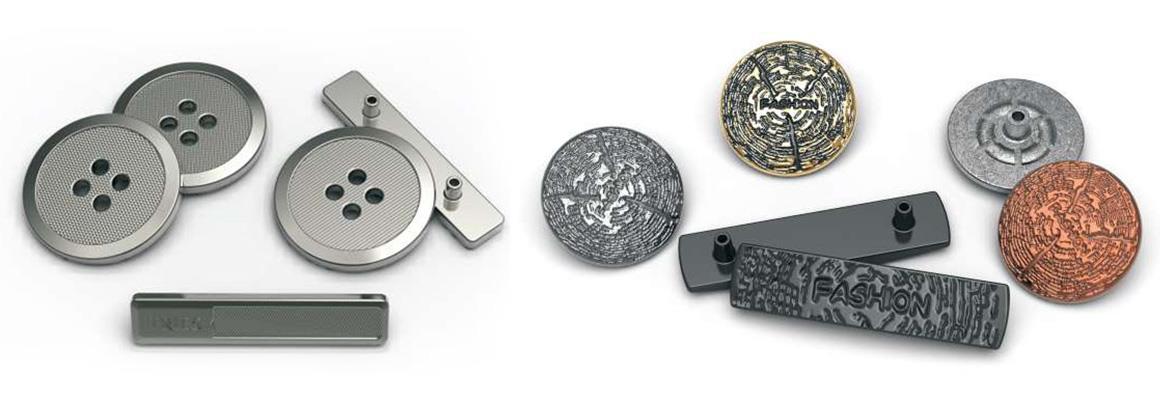There are a lot of varieties of clothing buttons available on the market. Although buttons are mainly meant for fastening, they can also serve as decorative accessories.
SBS ZIPPER is a dedicated clothing button manufacturer and supplier and we are able to provide a wide range of custom buttons, which include but are not limited to snap buttons, prong snap buttons, snap fasteners, jeans buttons, eyelets, rivets, buckles, etc.
Follow the purchasing guide below, and let us know your specic requirments to select the correct clothing buttons that satisfy your demands.
Checklist
1. Type of Clothing
2. Type of Fabric
3. Aesthetic or Style
4. Function or Decoration
5. Type of Button
6. Ligne Number
7. Colour Selection
8. Attachment Method
9. Special Requirements
Type of Clothing
There is a difference in the requirements of buttons used in casual wear and formal wear. Similarly, the requirements of buttons for adult wear differ from those for baby clothes.
So you must consider the type of clothing which the buttons will be sewn onto. There are also other factors that should be taken into account in this regard, like the pressure the buttons are supposed to withstand, the cleaning methods and life expectancies of the clothing, etc.
Type of Fabric
The thickness, stability and weight of the fabrics should be considered for selecting the right buttons. Generally speaking, the thickness of fabrics should range from 0.5 mm to 2 mm. It is also not advisable to select heavy buttons for light fabrics as these might stretch and ultimately ruin the latter and vice versa.
Aesthetic or Style
The selection of clothing buttons must suit or add to the design aesthetics. For instance, for a design intended for adding a feminine and colourful touch, the buttons must go with that look in terms of colour and shape.
Function or Decoration
As we have mentioned at the very beginning of the article, clothing buttons can serve as functional or decorative accessories.
Some clothing types need practical buttons for their functioning, for instance formal wear which need modest buttons with simple shapes and sober colours. But some buttons are used for aesthetics, for instance large decorative buttons which serve as the focal point on fashion items.
Type of button
Clothing buttons come available in a wide range of types. These can be differentiated based on the manufacturing material (like metal buttons, plastic buttons, resin buttons, shell buttons, wood buttons), ligne number (like 12L, 20L, 30L 45L), and end use (like jeans buttons, shirt buttons, coat buttons, jacket buttons), just to name a few.
Ligne Number
Clothing buttons are measured by ligne. They come available in various lignes and are usually selected based on their needs.
If the buttons are used for light fabrics, then their ligne number should be smaller as large buttons may ruin the fabrics. At the same time, the ligne number must be larger if the buttons are meant for a focal point on fashion items.
Colour Selection
The colour of clothing buttons is usually selected for the purpose of aesthetics. Please bear in mind that colour fastness needs more consideration. Colours with poor resistance may stain the fabric if it fades during washing.
Attachment Method
The installation process varies, depending on the type of button. For example, shank buttons with hidden holes and flat buttons with visible holes are attached differently. The former should be sewn by hand while the latter can be easily attached by machines. And the attachment of rivets also differs from that of the sewing buttons, which requires certain devices.
So, the way buttons are attached to the clothing must be factored in accordingly, keeping time and cost in mind.
Special Requirements
Special requirements refer to the individual requirements specified by the clients, such as needle detection, environmental protection, stronger physical performance, garment wash, etc.
It is essential to let us know of your specific requirements in advance so that special treatment can be applied or additional measures can be taken.








Comments